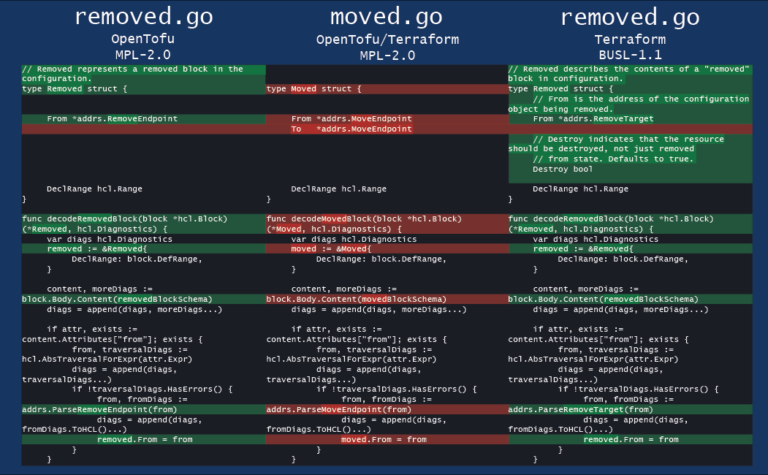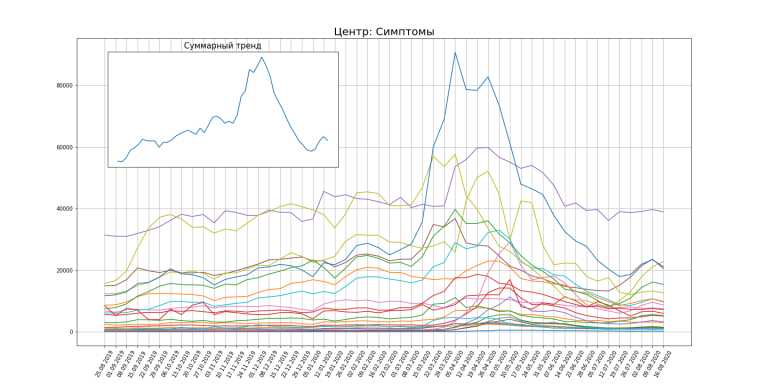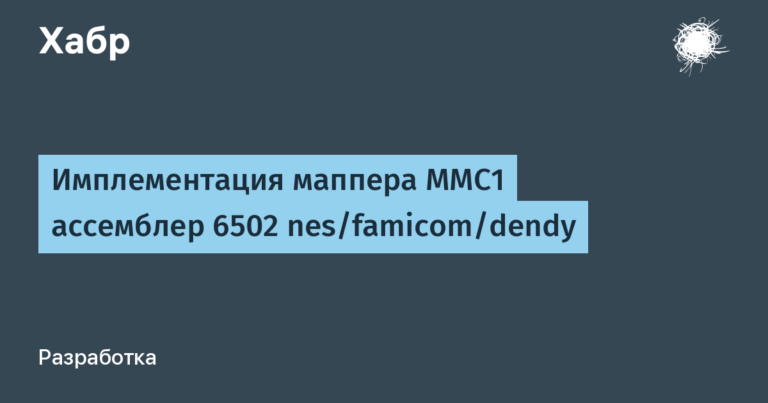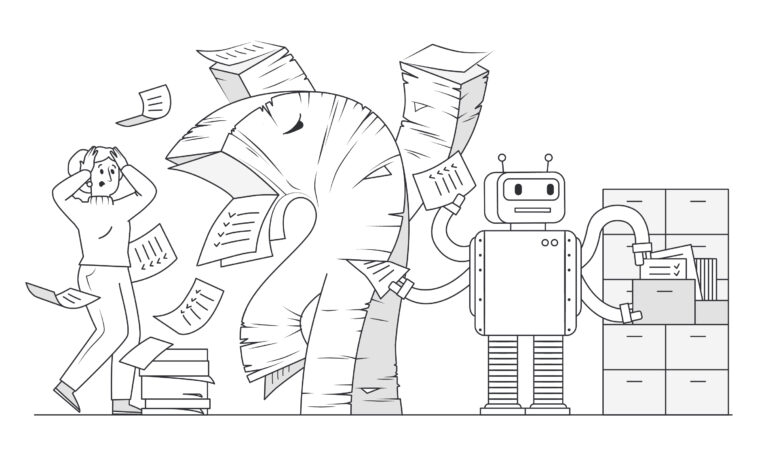“Playlist” has captured the minds of music publishers and podcast publishers, but is it really interesting for listeners?
Streaming platforms are looking to mix more ads and podcasts as recommended audio content. Let’s discuss why they should do this, and what from that audience.

What’s happening
Streaming platforms have become an integral part of the music industry and the daily lives of hundreds of millions of people in many countries around the world. However, the surge in mass interest is likely to be followed by a plateau. An influx of musicians and new audiences by the end of this year slowed down: a little more among the first doubters the fact that streaming should be their main source of income, and some of the listeners and I could not “Train” the system to achieve suitable musical recommendations.
But these difficulties do not seem to stop the site owners. In order not to slow down, they switched from the music market to podcasting – started buying not only popular shows (direct interaction with authors), but also speaking production studios (sort of like small music labels).
This approach allows you to eliminate intermediaries and deal directly with authors, bypassing intermediaries in the field of exclusive rights to recordings and their distribution. Moreover, how stated the head of one of the largest streaming platforms, podcasts serve the interests of the audience and give a second wind to the platform itself: those who come to listen to analytical or entertainment programs often switch to music content. The reverse mechanics also works, and investors, looking at the growth of the podcasters base, are actively investing in the company’s shares.
What does all of this mean
Who knows what will happen in the long term, but for now, streaming sites are struggling to find a one-size-fits-all solution to expand the range of opportunities for niche creators. As in the situation with independent musicians, they could earn a little more from their work, or at least reach new audiences more often. But this does not help bet on star showsthat draw away listeners from small programs.

The solution, according to publishers, should become playlists, selected depending on the preferences and mood of the user of the service.
It can include not only podcasts, but also advertising integrations – for example, native segments of programs, where the presenters are discussing a product in passing.
Experts considerthat the first steps to introduce such a model have already led to a noticeable reduction in the duration of audio programs that fall into the recommended playlists. There is a possibility that under the influence of streaming providers, a whole class of new programs will emerge – micropodcasts lasting a couple of minutes. Even if the listener was not yet familiar with this type of show, it will not be difficult for him – compared to a classic podcast release of 30-40 minutes – to study it between other blocks of audio content.
On the other hand, it’s hard to say how long a business model that will pay not so much for the product as for the absence of irritants like direct advertising between tracks will last. Podcasts with native integrations may only be a temporary solution, so doubts on the future of the current approach to organizing streaming continue to grow stronger.
Notes and additional reading in Hi-Fi World:
Our “Hi-Fi fair” – acoustics at special prices from 17 to 24 December
New Year’s sale of audio equipment – more than a thousand products with discounts up to 75%
What to listen to when writing code – rock music, ambient and game soundtracks



